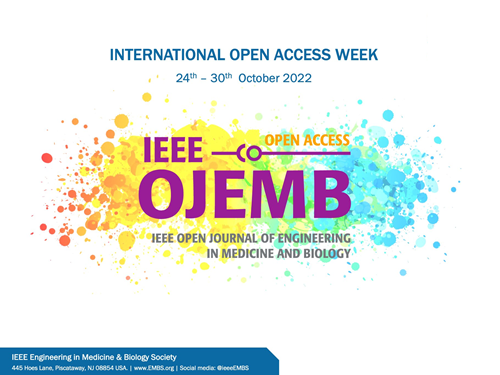反应性降低能否解释帕金森病患者姿势控制的改变?预测模拟研究
IF 2.9
Q3 ENGINEERING, BIOMEDICAL
IEEE Open Journal of Engineering in Medicine and Biology
Pub Date : 2025-07-18
DOI:10.1109/OJEMB.2025.3590580
引用次数: 0
摘要
姿势不稳定是帕金森病(PD)的主要症状之一。然而,导致这种不稳定性的内部过程还没有被完全理解。使用神经肌肉骨骼人体模型的模拟可以帮助理解导致pd相关姿势缺陷的这些内部过程。在本文中,我们研究了PD损伤导致的反应性振幅降低是否可以解释PD患者经常观察到的姿势不稳定以及肌肉张力增加。为了模拟降低的反应性,我们逐渐降低了先前在我们的模型执行安静直立站立任务的姿势控制电路中优化的增益因子。每个约简步骤完成后,再对模型进行优化。模拟结果与从31名PD患者和31名年龄和性别匹配的健康对照组中收集的实验数据进行了比较。分析我们的模拟结果,我们发现肌肉激活随着模型反应性的降低以及关节角度的运动范围(ROMs)而增加。然而,在我们的实验数据中观察到,摇摆参数如压力中心(COP)路径长度和COP范围并没有增加。这些结果表明,反应性降低并不直接导致摇摆参数增加,但可能导致肌肉张力增加,从而导致随后的姿势控制改变。为了进一步研究使用神经肌肉骨骼模型的姿势稳定性,分析额外的内部模型参数和任务,如摄动直立站立需要可比的反应模式,可能会提供有希望的结果。通过加强这些模型和加深对姿势控制内部过程的理解,这些模型可以在未来用于评估和评估康复干预措施。本文章由计算机程序翻译,如有差异,请以英文原文为准。
Does Reduced Reactivity Explain Altered Postural Control in Parkinson's Disease? A Predictive Simulation Study
Postural instability represents one of the cardinal symptoms of Parkinson's disease (PD). Still, internal processes leading to this instability are not fully understood. Simulations using neuromusculoskeletal human models can help understand these internal processes leading to PD-associated postural deficits. In this paper, we investigated whether reduced reactivity amplitudes resulting from impairments due to PD can explain postural instability as well as increased muscle tone as often observed in individuals with PD. To simulate reduced reactivity, we gradually decreased previously optimized gain factors within the postural control circuitry of our model performing a quiet upright standing task. After each reduction step, the model was again optimized. Simulation results were compared to experimental data collected from 31 individuals with PD and 31 age- and sex-matched healthy control participants. Analyzing our simulation results, we showed that muscle activations increased with a model's reduced reactivity, as well as joint angles' ranges of motion (ROMs). However, sway parameters such as center of pressure (COP) path lengths and COP ranges did not increase as observed in our experimental data. These results suggest that a reduced reactivity does not directly lead to increased sway parameters, but could cause increased muscle tone leading to subsequent postural control alterations. To further investigate postural stability using neuromusculoskeletal models, analyzing additional internal model parameters and tasks such as perturbed upright standing requiring comparable reaction patterns could provide promising results. By enhancing such models and deepening the understanding of internal processes of postural control, these models may be used to assess and evaluate rehabilitation interventions in the future.
求助全文
通过发布文献求助,成功后即可免费获取论文全文。
去求助
来源期刊

IEEE Open Journal of Engineering in Medicine and Biology
ENGINEERING, BIOMEDICAL-
CiteScore
9.50
自引率
3.40%
发文量
20
审稿时长
10 weeks
期刊介绍:
The IEEE Open Journal of Engineering in Medicine and Biology (IEEE OJEMB) is dedicated to serving the community of innovators in medicine, technology, and the sciences, with the core goal of advancing the highest-quality interdisciplinary research between these disciplines. The journal firmly believes that the future of medicine depends on close collaboration between biology and technology, and that fostering interaction between these fields is an important way to advance key discoveries that can improve clinical care.IEEE OJEMB is a gold open access journal in which the authors retain the copyright to their papers and readers have free access to the full text and PDFs on the IEEE Xplore® Digital Library. However, authors are required to pay an article processing fee at the time their paper is accepted for publication, using to cover the cost of publication.
 求助内容:
求助内容: 应助结果提醒方式:
应助结果提醒方式:


